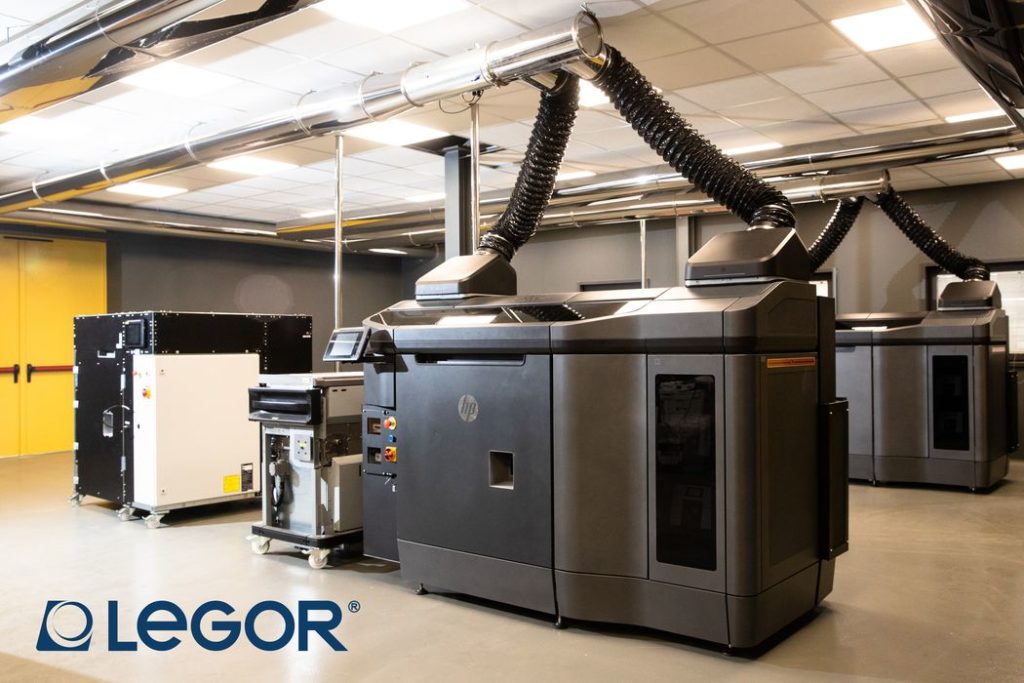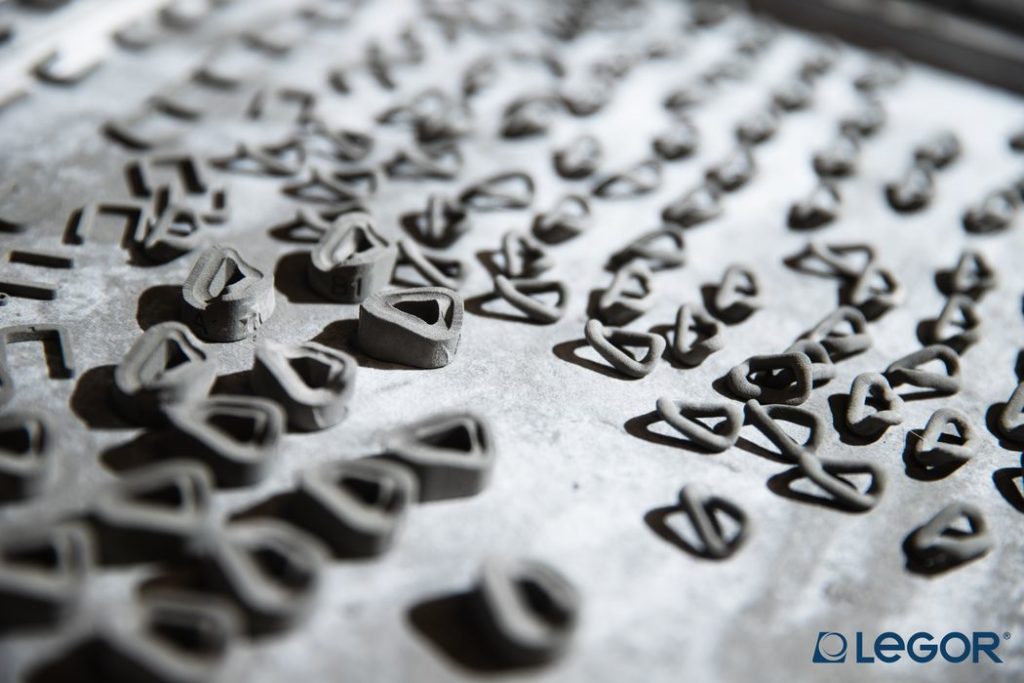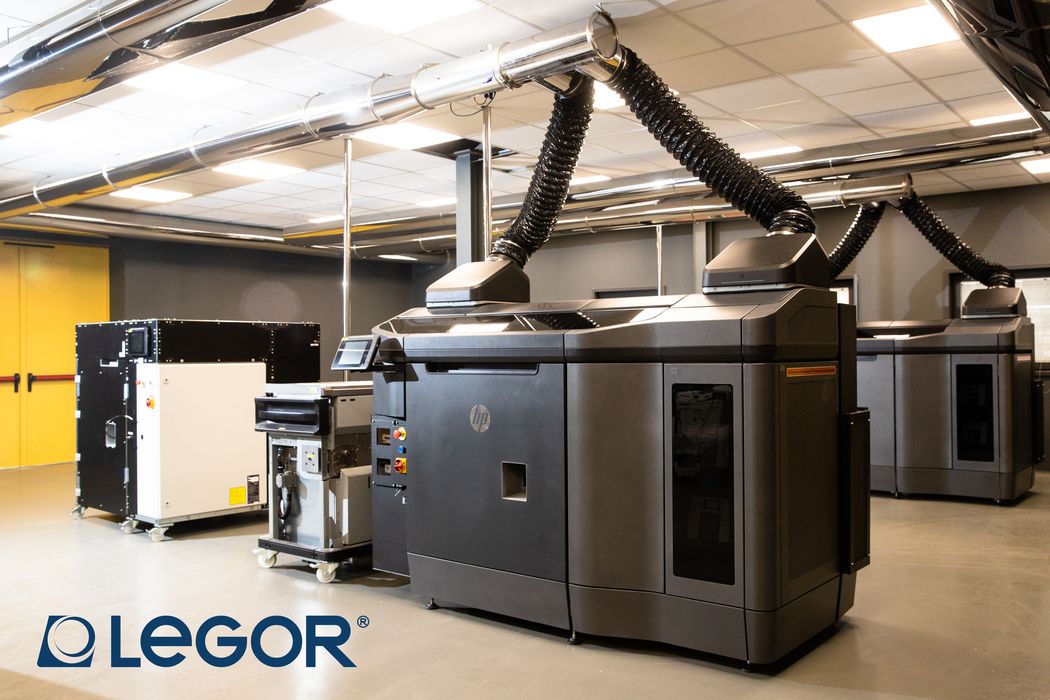
HP announced a partnership with Legor to enable 3D printing of precious metals, including gold and silver.
Legor is a 40 year old Italian mulitnational company that produces a wide range of metal products and services, including specialized alloys, jewelry, fashions and even industrial plating. They say that 40% of the world’s gold jewels were produced with their own alloys. In other words, this is a very notable player in the precious metal space. Note: the company’s name is an abbreviation of “Leghe Orafe”, which means “gold alloys”.
Now they’ve partnered with HP, who are working with Legor to develop ways to 3D print gold alloys on HP’s Metal Jet 3D printer.
The Metal Jet 3D printer uses a binder jet process, in which microscopic droplets of liquid binder are precisely dropped onto a bed of flat metal powder. Then, a heat source fuses the binder to solidify those wet areas. This process repeats, layer by layer, until the object is completed. After printing the part is placed in a standard sintering furnace, where the metal particles fuse together into a solid metal object. You can see how this works in HP’s short video:
Notice that HP’s video doesn’t specify the type of metal used in the system. That’s because it is a rather flexible process that can, in theory, handle a wide variety of metal powders.
Up to now virtually all metal 3D printers focus on industrial materials, such as steel, aluminum, titanium, nickel and similar materials. Precious metals are basically not considered because powder bed fusion approaches are generally not compatible with them: the reflectivity of the precious metals causes the lasers to bounce around in the build chamber, causing problems, and there is less energy applied to the metal.

However, HP’s binder jet approach overcomes this completely because reflectivity is not an issue. This is why the HP Metal Jet should be able to handle a much wider range of metals than conventional PBF systems.
The Legor partnership is to initially focus on basic materials, such as stainless steel for that company’s fashion products. However, this is likely to help introduce 3D print technology to Legor.
Later the two parties will focus on the production of precious metals, including bronze, silver and “eventually” gold.
The fact that the Metal Jet can handle these unusual metals is one thing; it’s quite another to actually do it. Correct 3D printing will require quite a bit of experimentation to determine print parameters and material alloys that result in consistently reliable prints of outstanding quality. That’s the work that the two companies will be doing over the next while.
If they succeed, and I suspect they will, it could open up a fairly wide niche for HP’s metal equipment.
This is because the HP Metal Jet is designed as a production device, capable of high throughput as compared to other metal systems. This would enable production of custom jewelry at a scale previously unseen.
Imagine a new service that accepts or generates custom designs from buyers or even individual jewelers. These could then be batched together on HP Metal Jet equipment and produced in short order with great throughput.
That is what I suspect Legor might be aiming for in the future, once they figure out the details.

